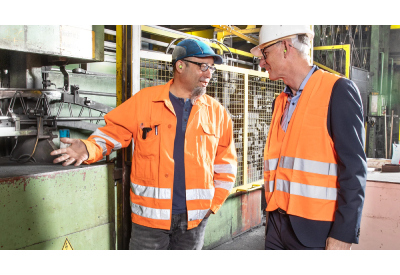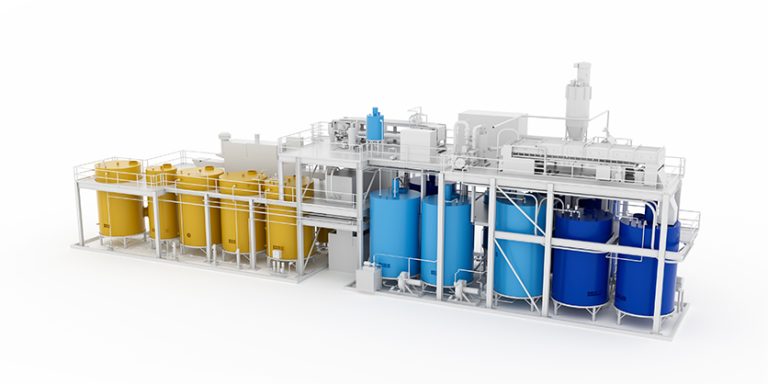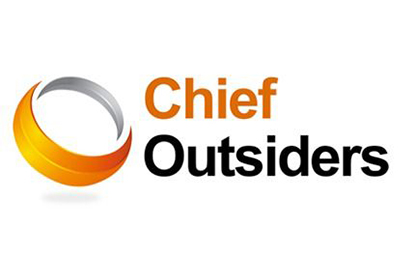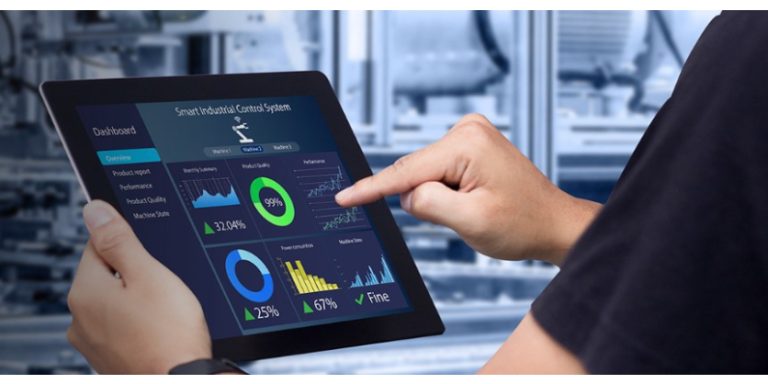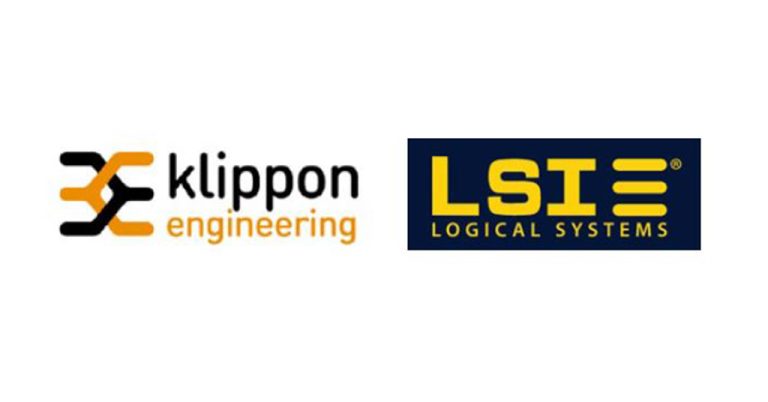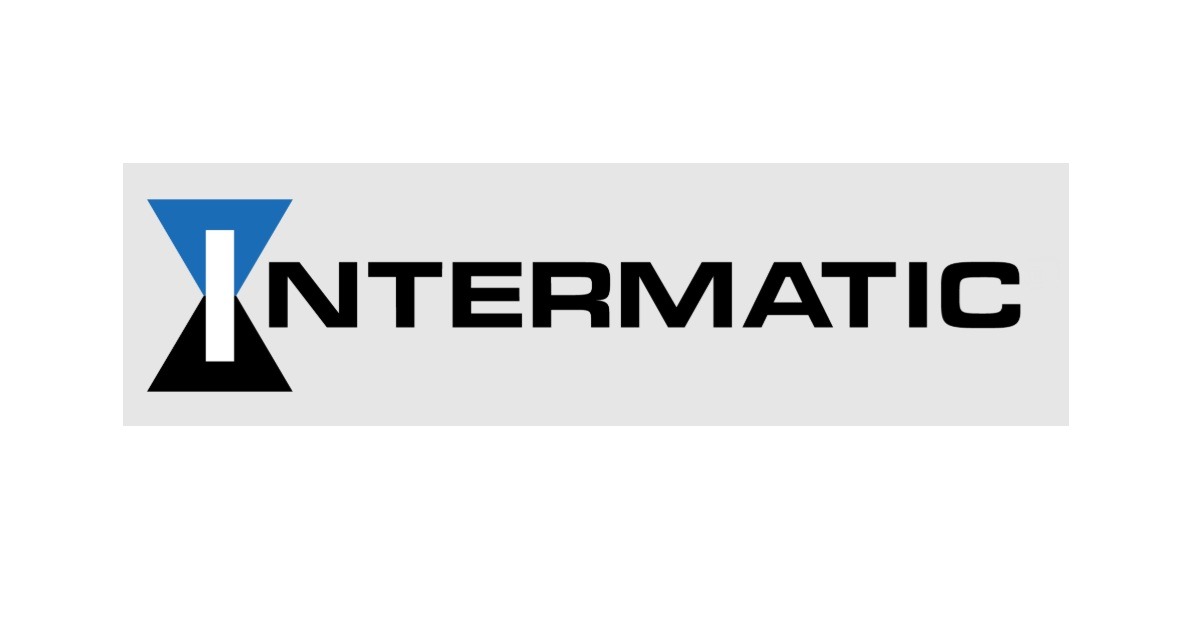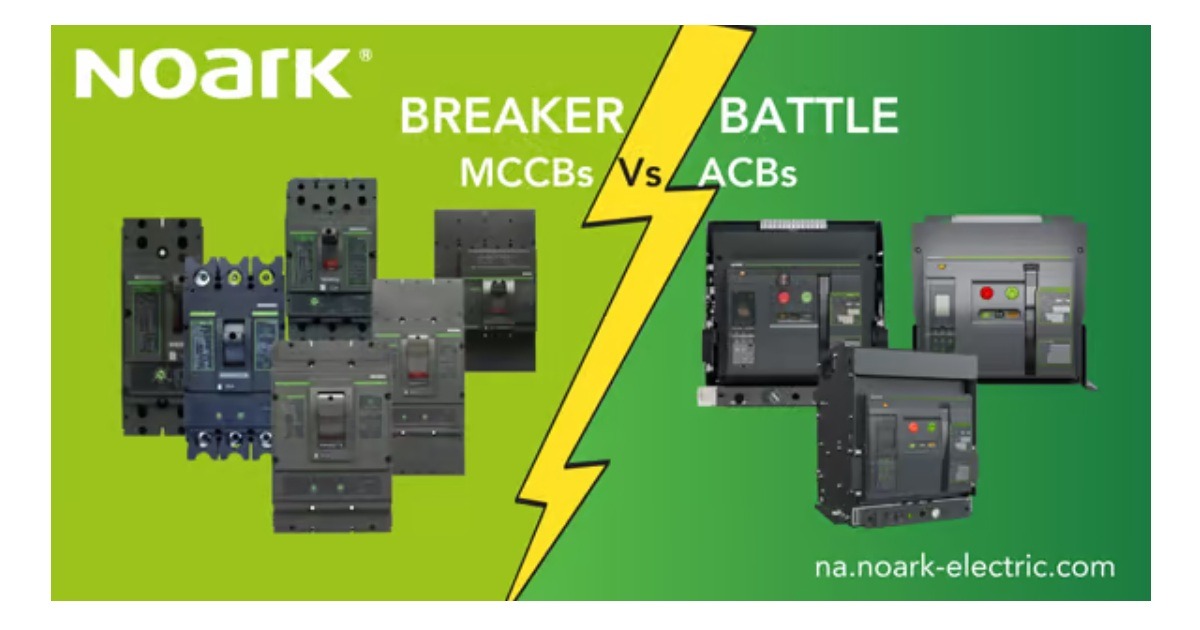CEM Blog: Top 10 Barriers to Your CHP Project (And How to Overcome Them)
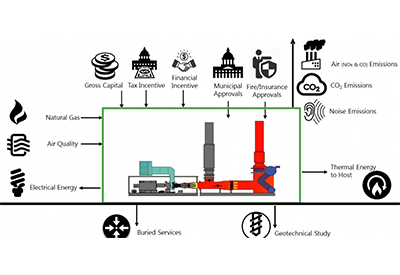
February 6, 2020
If you are tasked with implementing a cogeneration project, dealing with project barriers can be a huge headache for you. Wouldn’t it be nice to know that these project barriers have occurred before and can be overcome?
In this article I will discuss 10 project barriers that we have come across during the implementation of over 30 CHP projects, and how YOU can ‘manage for success’ if they occur:
1. Sparks spread is permanently bad
First things first, you need to understand your ‘average unit price of purchased power’. At CEM, we look at ¢/kW.h ÷ $/mmBtu. If the ratio is 2:1 (or greater), CHP is a great fit and further due diligence should be completed. However, if the sparks spread is less than 2:1, we recommend that you should start looking at alternative fuel sources, and maybe a different type of project such as a biomass combustor or an anaerobic digester (instead of CHP). Choosing the ‘type’ or project should be based on your sparks spread, not the other way around.
2. Sparks spread is sometimes poor
Secondly, its important to know your ‘cost to make power’ (this is an easy calculation of Fuel Chargeable to Power (FCP) × burner tip cost). Comparing this number to the cost of buying power, it will give direction to the operation when it is better to make power or buy power from the local electrical grid.
3. Frequent nuisance trips by the electric utility
There are often frequent nuisance trips from the utility, resulting in a loss of service. With more severe weather events predicted in the future, it is often recommended to install an islanded CHP configuration. This configuration will allow you to continue production and continue to earn a profit, and no longer worry about interrupted service from the utility.
4. No financial incentives available
While financial incentives are nice, they shouldn’t ‘make or break’ your project. There are some ‘sweet spots’ with respect to heat rate, off-take load, and sizing, which make CHP the most viable option. For those organizations that are still concerned about the capital investment, using used or surplus equipment is also an option to reduce cost.
5. Punitive standby rates (aka. ‘anti-cogen’ rates)
Often utilities impose ‘anti-cogen’ rates on their customers, as they see CHP as a loss of revenue stream (despite this not truly being the case). In these jurisdictions, we are seeing our Clients run islanded from the grid (continuously) as a way to beat these charges.
6. Authorities having jurisdiction
Permitting, fire codes, insurances providers, etc. can impose undue influence throughout the lifetime of a project. Often this shows up as extraneous or extra costs, which may make the project not as feasible (or less profitable) than originally anticipated. The best way to combat this is to complete due diligence and/or Front-End Engineering Design (FEED). We always suggest engaging and educating these parties at the beginning of the project, so that they are comfortable and understand the critical steps of the project.
7. Electrical interconnect capacity does not exist
Electrical utilities often do not have sufficient infrastructure to accommodate distributed generation. Their systems are not equipped to handle any short circuit current which may come from a generator. There are two (2) technology applications that can be added to combat these issues: line reactors, and/or a CLiP device (current limiting protection). By adding this equipment, it may limit the short circuit contribution to the grid which may allow the project to go ahead where (at first glance) the capacity did not exist.
8. Electrical interconnect approval costly and lengthy
When developing a project, it is important to think about the time it takes to complete certain tasks – as every month you’re not generating/running, you are losing out on savings. Because of this – and the length of electrical interconnect approvals – often our Clients forgo this effort and decide to operate islanded from the grid. This leads to fewer utility costs, and faster savings.
9. Environmental permitting
Air and noise emissions are increasingly imposing challenges and delays on projects. Typically, good engineering can solve this (whether it’s through SCRs, the purchase of a low-emission turbine, or detailed specifications). It is important to choose designs that will mitigate these issues, rather than on ‘trial and error’ basis.
10. Punitive carbon tax which discriminates against fossil fuel
Society is pushing for a ‘post-carbon world’, and Industry must make decisions based on this. While political policy is not 100% complete yet, it is coming, and in some jurisdictions, a ‘punitive carbon tax’ is already in place. That’s why it’s important to make sound decisions when implementing a project. If CHP does not align with your corporate and political strategy, there are many other types of projects (such as biomass, anaerobic digestion, Renewable Natural Gas (RNG), etc.) that can be implemented.
While all of the above-mentioned barriers can be bothersome and time-consuming, none of them should ‘kill’ your project or dissuade you from doing one. All these issues can be alleviated with the help of a) having a Consultant on your team to help guide you through these barriers, and/or b) completing the necessary due diligence and Front-End Engineering Design (FEED) for your project.
As a final thought, should you run into any of the above-mentioned project barriers, do not despair as they are completely surmountable. Your project can still be completed both on-time and on-budget with a little coordination and management.

